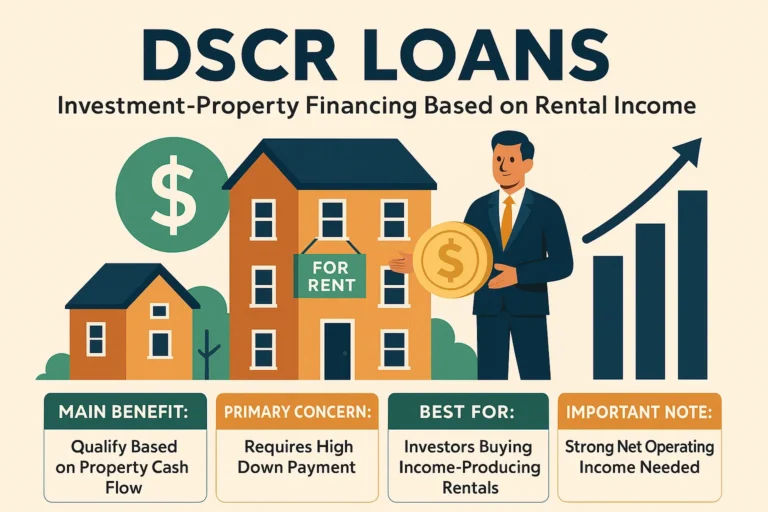The Electoral College is the system used to elect the President of the United States. It consists of 538 electors who cast votes based on the popular vote results in each state. This indirect election method was established by the Constitution as a compromise between election by Congress and direct popular vote.
- Main Benefit: Ensures geographic diversity in presidential elections
- Primary Concern: Can result in a president who loses the national popular vote
- Best For: Maintaining a federal system that balances state and national interests
- Important Note: Changing the Electoral College would require a constitutional amendment
Pros and Cons of the Electoral College
The Electoral College has been a subject of debate since its inception. This table outlines key arguments for and against this unique system for electing the U.S. president.
| Pros | Cons |
|---|---|
| Ensures representation for smaller states | Allows a candidate to win without the popular vote |
| Encourages coalition-building | Can result in a candidate winning the popular vote but losing the election |
| Preserves federalism | Discourages voter turnout in non-competitive states |
| Prevents domination by populous regions | Focuses campaigns on a few swing states |
| Simplifies recounts | Disproportionately weights votes in less populous states |
| Provides clear outcomes | Reduces incentive to vote in non-competitive states |
| Discourages radical candidates | Can lead to faithless electors |
| Balances urban and rural interests | Complicates the election process |
| Reflects state sovereignty | May not reflect the will of the majority |
| Encourages national campaigning | Can create artificial majorities |
| Protects minority interests | Reduces voter engagement in safe states |
| Promotes political stability | Undermines the principle of one person, one vote |
| Supports a two-party system | Can lead to strategic voting rather than conscience voting |
| Prevents tyranny of the majority | May discourage third-party candidates |
| Encourages voter turnout in swing states | Can create a sense of voter disenfranchisement |
| Limits influence of populous states | May not reflect changing demographics |
| Provides a mandate for governance | Can result in uneven campaign resource allocation |
| Reduces election costs | May lead to voter apathy in non-competitive states |
| Encourages strategic campaigning | Can create a disconnect between popular and electoral votes |
| Prevents regionalism | May not adapt well to changing population distributions |
| Ensures geographic diversity | Can lead to over-representation of rural areas |
| Balances power among states | May not reflect the diversity within states |
| Encourages moderation | Can create a false sense of mandate |
| Supports constitutional principles | May not align with modern democratic ideals |
| Provides historical continuity | Can lead to voter confusion about the election process |
| Prevents over-centralization | May not account for changing state populations between censuses |
| Encourages voter education | Can create a perception of unequal voter influence |
| Limits influence of media | May not reflect the nuances of voter preferences |
| Supports a federal republic | Can lead to uneven distribution of campaign promises |
| Encourages compromise | May not adapt well to the emergence of new population centers |
Citations:
- 1. https://www.rutgers.edu/news/why-do-we-have-electoral-college
- 2. https://study.com/learn/lesson/what-is-the-purpose-process-of-the-electoral-college-role-example-of-the-electoral-college-vote.html
- 3. https://en.wikipedia.org/wiki/United_States_Electoral_College
- 4. https://www.britannica.com/procon/Electoral-College-debate
- 5. https://www.usa.gov/electoral-college
- 6. https://www.archives.gov/electoral-college/about
- 7. https://www.npr.org/2024/11/04/nx-s1-5173568/electoral-college-explained
- 8. https://smartasset.com/insights/the-pros-and-cons-of-the-electoral-college
- 9. https://www.adl.org/resources/tools-and-strategies/what-electoral-college-and-why-it-controversial
- 10. https://www.heritage.org/the-essential-electoral-college/the-benefits
- 11. https://sites.google.com/site/thepoliticsteacherorg/advantages-and-disadvantages-of-the-electoral-college
Electoral College Participation and Impact
This table provides key statistics and data points related to the Electoral College system in the United States, highlighting its influence on presidential elections and voter participation.
| Statistical Analysis & Market Data | |
|---|---|
| Total number of electors | 538 |
| Number of states (including D.C.) in the Electoral College | 51 |
| Percentage of elections where Electoral College winner differed from popular vote | 10.2% (5 out of 49 elections since 1824) |
| Smallest number of electors in a state | 3 (7 states and D.C.) |
| Largest number of electors in a state | 55 (California) |
| Percentage of electoral votes needed to win presidency | 50.1% (270 out of 538) |
| Average voter turnout in presidential elections (1980-2020) | 55.7% |
| Number of "swing states" in recent elections | 6-12 (varies by election) |
| Percentage of campaign visits to swing states (2016 election) | 94% |
| Number of states using winner-take-all system | 48 (excluding Maine and Nebraska) |
Electoral College System Specifications
This table outlines the key technical aspects and requirements of the Electoral College system, including constitutional provisions and operational procedures.
| Technical Specifications & Requirements | |
|---|---|
| Constitutional basis | Article II, Section 1, Clause 2 of the U.S. Constitution |
| Method of allocating electors | Equal to total number of Senators and Representatives in Congress |
| Minimum number of electors per state | 3 (2 Senators + 1 Representative) |
| Elector selection process | Determined by each state's legislature |
| Voting method in most states | Winner-take-all (except Maine and Nebraska) |
| Maine and Nebraska voting method | Congressional district method |
| Timing of Electoral College vote | First Monday after the second Wednesday in December |
| Certification of election results | January 6th following the election |
| Contingent election procedure | House decides presidency if no candidate reaches 270 electoral votes |
| Faithless elector laws | 33 states and D.C. have laws binding electors to popular vote |
Electoral College Cost and Value Assessment
This table analyzes the costs and potential value associated with the Electoral College system, including financial implications and its impact on the democratic process.
| Cost & Value Analysis | |
|---|---|
| Cost of running Electoral College (estimated) | $60,000 - $100,000 per election cycle |
| Value in preventing tyranny of the majority | Protects interests of smaller states and rural areas |
| Cost in voter representation | Potential misalignment with national popular vote |
| Value in national cohesion | Encourages coalition-building across diverse regions |
| Cost in campaign resource allocation | Disproportionate focus on swing states |
| Value in electoral stability | Provides clear winner without need for national recount |
| Cost in voter engagement | Potential decrease in turnout in non-competitive states |
| Value in federalism | Preserves state-level importance in national elections |
| Cost in electoral reform | High barrier to change due to constitutional entrenchment |
| Value in political moderation | Encourages candidates to appeal to broader coalition |
Electoral College vs. Alternative Voting Systems
This table compares the Electoral College system with alternative voting methods, highlighting the advantages and disadvantages of each approach to presidential elections.
| Comparative Analysis & Alternatives | |
|---|---|
| Electoral College | Indirect election, state-based representation, potential mismatch with popular vote |
| National Popular Vote | Direct election, one person one vote, potential for urban-centric campaigns |
| Ranked Choice Voting | Allows voters to rank candidates, eliminates spoiler effect, more complex counting |
| Proportional Allocation of Electors | Maintains Electoral College, allocates electors proportionally within states |
| Congressional District Method | Used in Maine and Nebraska, allocates by district plus two at-large electors |
| National Bonus Plan | Allocates additional electors to national popular vote winner |
| Instant Runoff Voting | Eliminates need for separate runoff elections, ensures majority support |
| Approval Voting | Voters can approve multiple candidates, simple to implement and understand |
| Mixed Member Proportional | Combines district-based representation with proportional allocation |
| Direct Two-Round System | Two rounds of voting if no candidate receives majority in first round |
Future of the Electoral College and Voting Reform
This table explores potential future developments and trends related to the Electoral College system and broader electoral reform efforts in the United States.
| Future Outlook & Industry Trends | |
|---|---|
| National Popular Vote Interstate Compact | Growing movement, needs 270 electoral votes to take effect (currently at 195) |
| Technological advancements in voting | Potential for blockchain or other secure electronic voting systems |
| Demographic shifts | Changing population distribution may alter Electoral College dynamics |
| Voter participation trends | Increasing focus on mail-in and early voting may impact turnout patterns |
| Electoral reform legislation | Ongoing debates in Congress about various voting system changes |
| State-level initiatives | More states considering alternatives like ranked choice voting |
| Public opinion shifts | Growing support for popular vote system, especially among younger voters |
| Legal challenges | Potential Supreme Court cases on faithless electors and allocation methods |
| International influence | Increased scrutiny of U.S. election system may prompt reform discussions |
| Partisan realignment | Changing party coalitions could alter Electoral College strategies |




